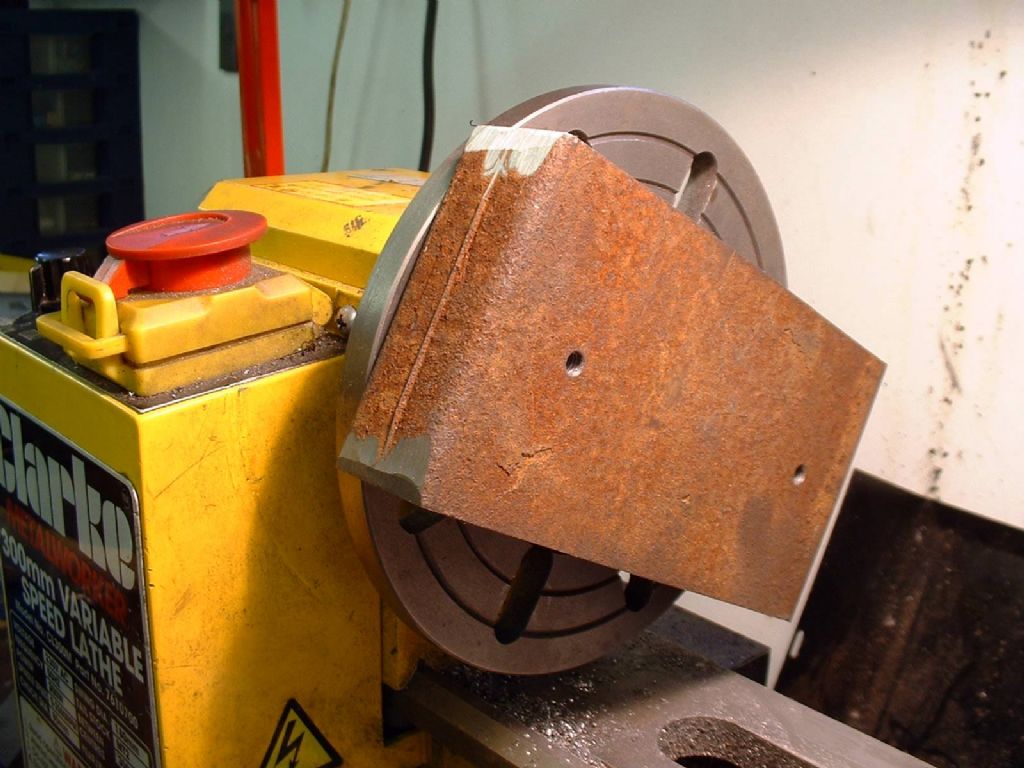For a lathe spindle to be stiff enough to be problem free it has to be large in diameter compared to the general dimensions of the lathe .
What steel the spindle is made of is largely irrelevant as far as simple stiffness goes .
Better specification steels are used in practice so that the spindles survive all the knocks they will see in service and in case of plain bearing lathes to provide durable journals for the bearings .
Generally speaking case hardening steels used in the hardened condition are satisfactory for most machine spindles .
Some makers do use very exotic steels for spindles but not always obvious why .
The arrangement of bearings contributes greatly to the stiffness of machine spindles .
The ‘ one bearing each end ‘ so commonly used is a very poor set up really and there are much better arrangements possible .
Machine spindles have to be stiff in another sense – not just the actual spindle but the whole spindle and drive have to be designed so that they don’t vibrate or work in a spongy manner in the torsionwise (rotary) sense .
Basically spindle should just run at set speed independent of any load variations both within a single spindle turn and over many spindle turns .
Can’t always be achieved to perfection but the better the lathe the less likely there are to be problems with poor finish and broken parting tools .
The Moire silk pattern seen on some work is mostly down to torsionwise vibration .
When turning much of the heat produced goes away in the swarf .
Purpose of coolant is primarily to cool and lubricate both the tool tip and the immediate cutting zone in the work .
With heat going away in the swarf quite a small coolant flow is sufficient to keep work cool unless turning very difficult materials .
MikeW
Edited By MICHAEL WILLIAMS on 09/01/2014 19:07:10
Ian S C.






